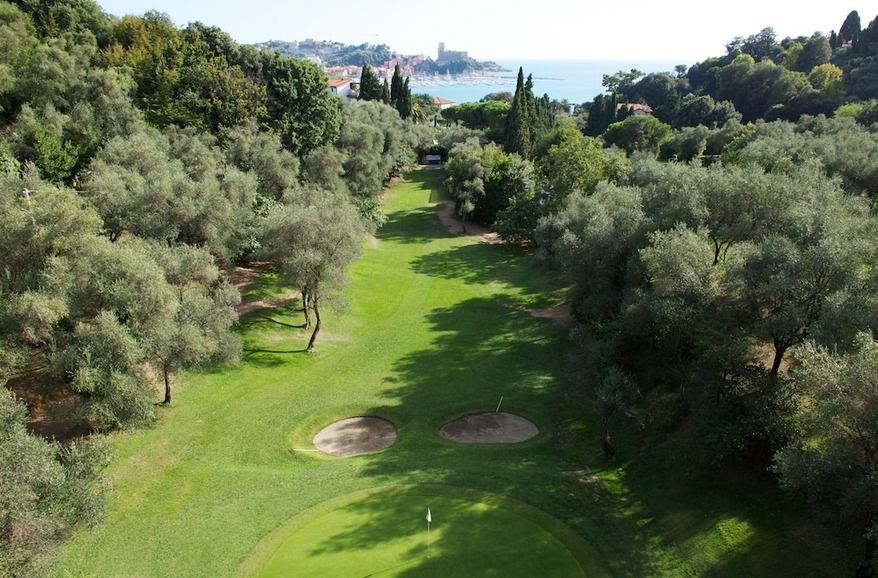Journey through the most beautiful nativity scenes of Genoa
Genoa and surroundings
Between devotion, art, and enchanted landscapes, nativity scenes are a popular artistic tradition in Genoa. In the churches and sanctuaries of Genoa, between December and February, you will see a flourishing of nativity scenes, authentic masterpieces produced by art workshops and the most eminent artists of the Baroque era. They bear witness to an era of past splendors, during which the people of Genoa were passionate enthusiasts of these extraordinary polychrome wooden figurines – sacred families and angelic glories, magi kings and pages, commoners and mulattoes, shepherds and beggars, standard-bearers and armigers, flocks and herds. These figurines were used to set up grand nativity scenes in places of worship and aristocratic residences, capable each time of renewing the mysterious enchantment that arises from the intersection of art and faith.
The stages
Santuario della MadonnettaOratorio San Bartolomeo di Staglieno
Santuario Nostra Signora delle Grazie
Museo dei Cappuccini Genova
Presepe delle Suore Brignoline
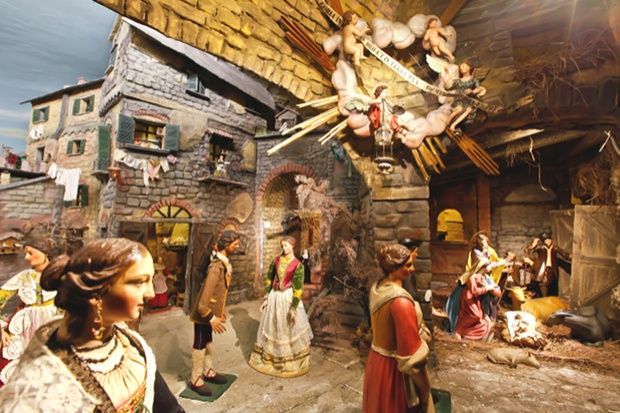
Madonnetta Sanctuary
At the Madonnetta Sanctuary, you will find an artistic nativity scene from the eighteenth century featuring figures from the Maragliano school. It is a permanent nativity scene, open for visits throughout the year. A distinctive feature of this exhibition is its setting, which reproduces the city on the ascent of Madonnetta.

San Bartolomeo Oratory in Staglieno
At the San Bartolomeo Oratory in Staglieno, you will be surprised by a traditional nativity scene with eighteenth-century figures from the Maragliano school, located on the ascent to the Church of Staglieno.
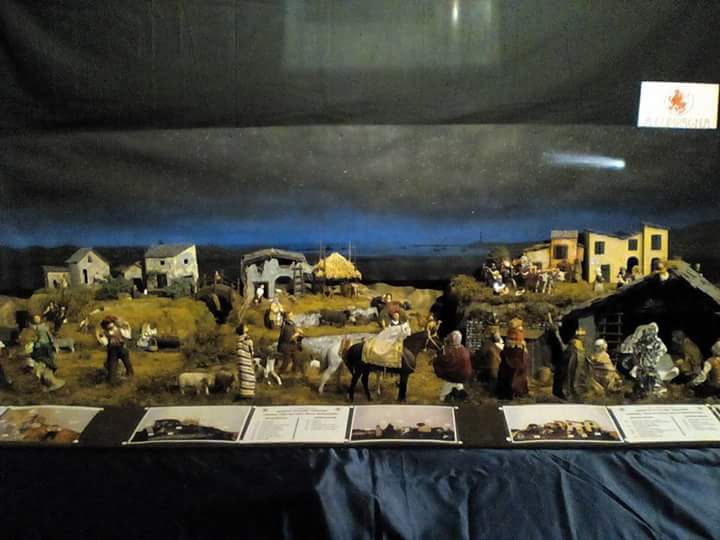
Our Lady of Grace Sanctuary
At the Our Lady of Grace Sanctuary, the sacred representation donated by the Duchess of Galliera to the San Nicolò Church in Voltri appears with several dozen statuettes, likely from the Maragliano school.
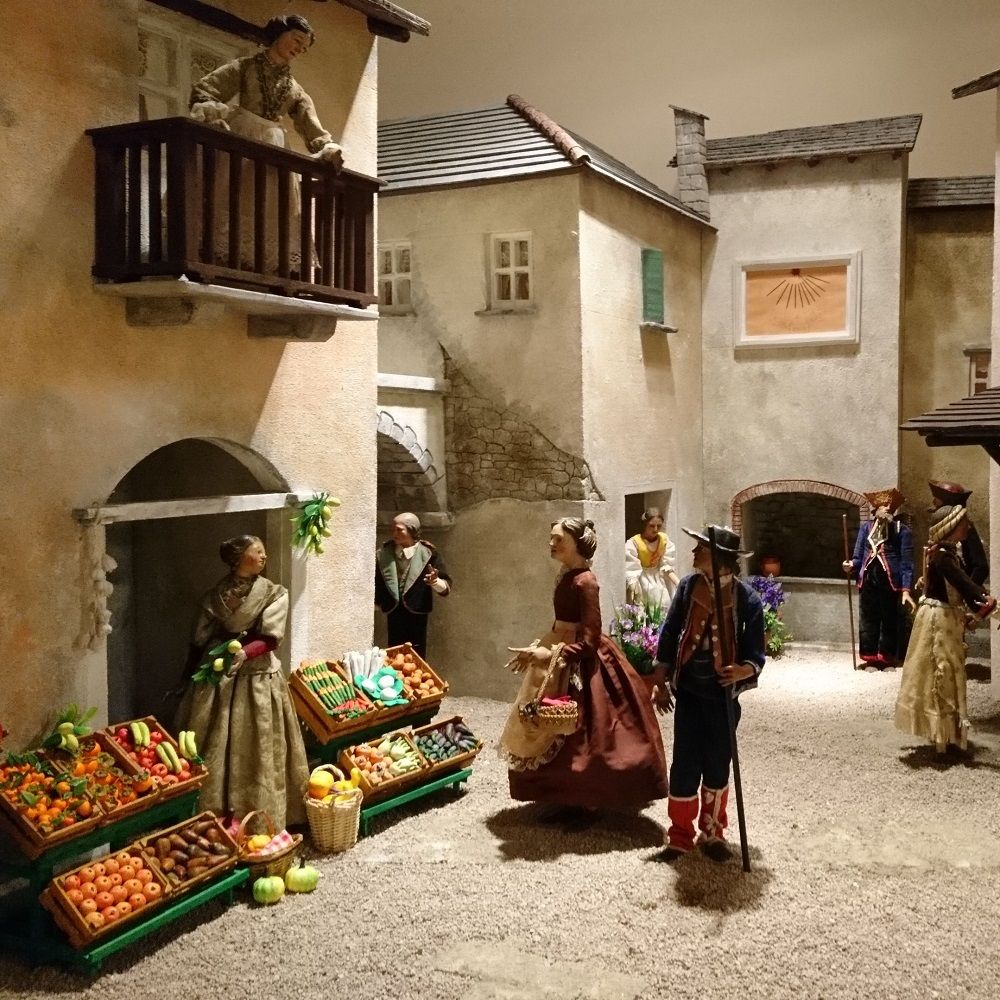
The Nativity Scenes of the Capuchin, a Popular Representation of the Life of the Genoese
At the Capuchin Museum in Genoa, in the exhibition "The Nativity Scenes of the Capuchins, a Popular Representation of the Life of the Genoese," you will find the history of the Genoese nativity scene, combining tradition, art, and the magic of Christmas. Eight centuries after the first representation of the Nativity by St. Francis in Greccio, the museum awaits you with the exhibition "The Nativity of Francis, 800 years since the first nativity scene in Greccio," open from December 2, 2023, to February 4, 2024. The display, curated by Daphne Ferrero and Luca Piccardo, presents the history of the Genoese nativity scene, from the "aristocratic" style of the renowned school of Anton Maria Maragliano to the more popular forms represented by the "macachi" of Albisola (SV) or the typical paper-mâché figurines of the Ligurian hinterland. It also brings the viewer closer to the original history of the nativity scene and its "inventor," St. Francis of Assisi.

Nativity Scene of the Brignoline Sisters
Among the most well-known nativity scenes in Genoa, don't miss the one at the convent of the Brignoline Sisters on Viale Virginia Centurione Bracelli. It is a nativity scene with Neapolitan figures from the 17th to 18th centuries, featuring articulated wooden mannequins, a unique Neapolitan example from that era, created by Giacomo Colombo.
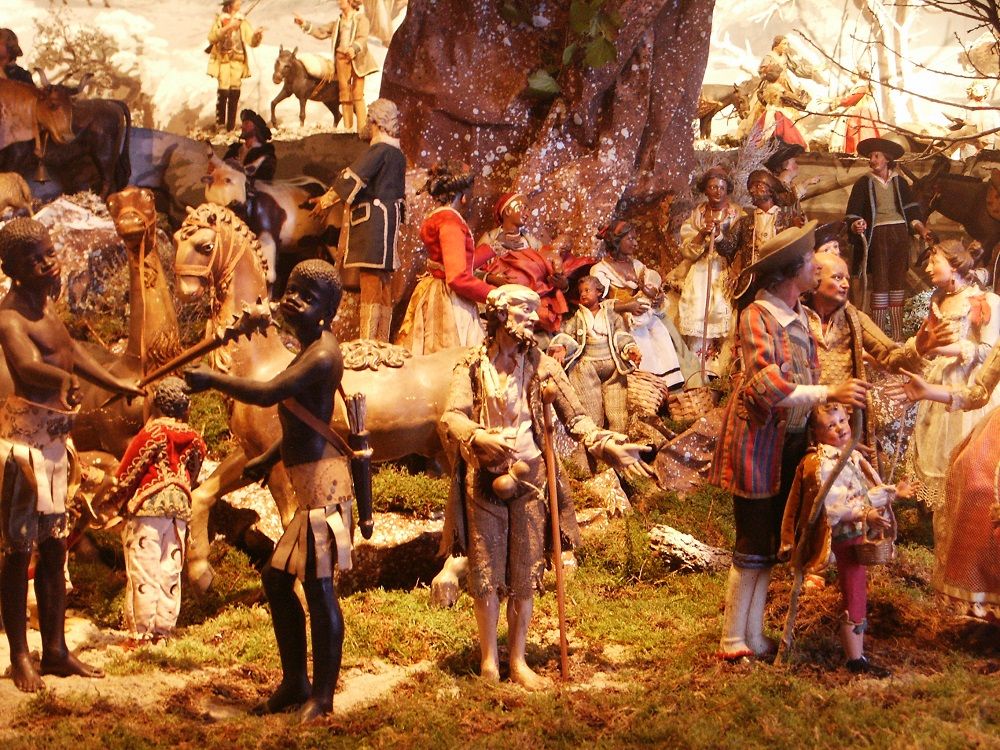
Nativity Scene from the Civic Collections of the Giannettino Luxoro Museum
At Villa Luxoro in Nervi, you'll find the beautiful nativity scene from the civic collections of the Giannettino Luxoro Museum in Genoa. It is an example of the Genoese style of nativity scene art, which, from the early 17th century to the first decades of the 19th century, saw numerous carving workshops in Genoa engaged in creating articulated wooden mannequin figures, partially polychromed and dressed in fabric outfits made by tailors and embroiderers. Goldsmiths, silversmiths, and various craftsmen provided the small accessories. Particularly noteworthy is the figure of the Madonna, wearing a sumptuous Spanish 17th-century-style gown adorned with golden trimmings and a crown on her head in remembrance of the coronation of the Virgin as "Queen of Genoa" in 1637. The attire of the shepherds and common folk, on the other hand, reflects the varieties of clothing among the less affluent classes and documents the use of fabric.





